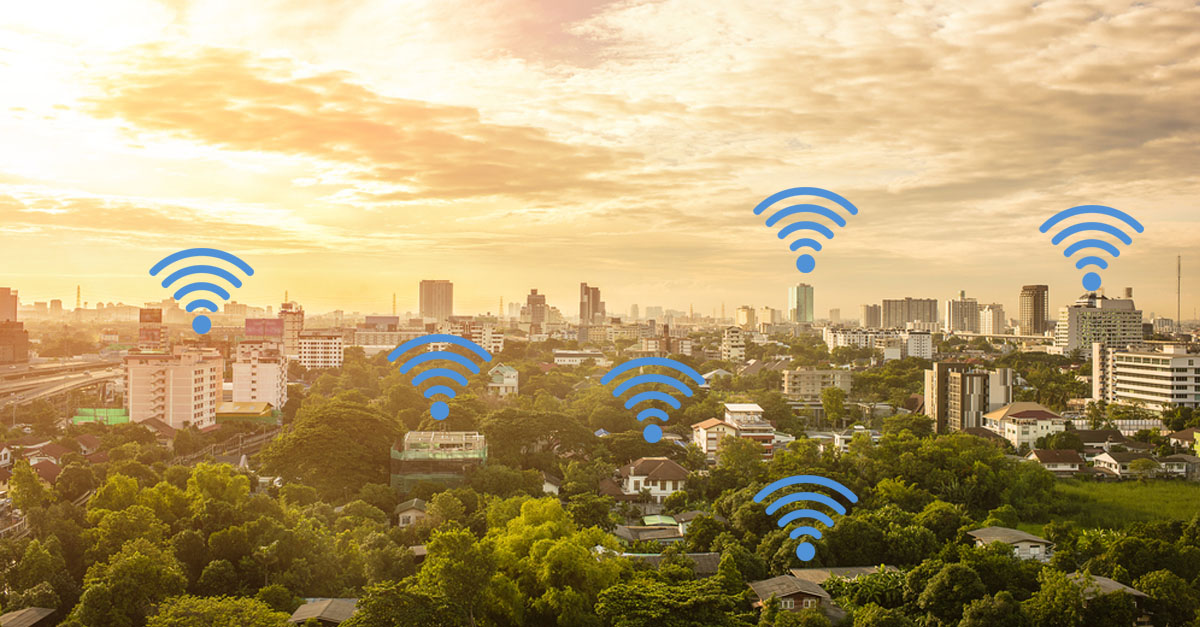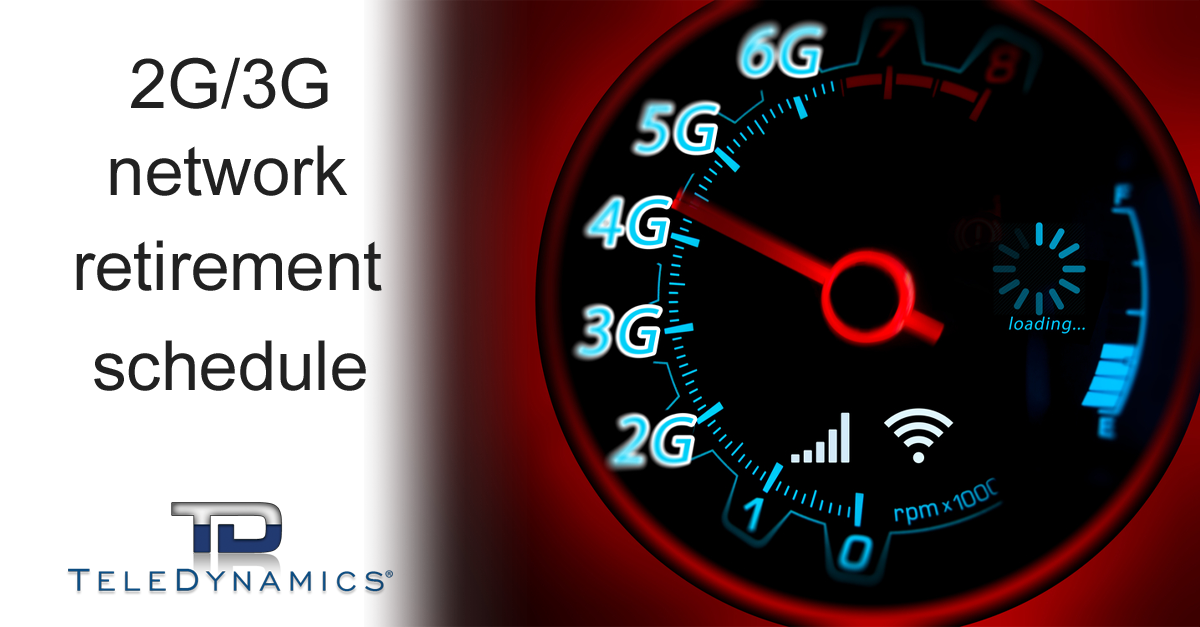Lighting is no longer just about illumination; it’s becoming an intelligent part of the network. As smart building technologies gain traction, Power over Ethernet (PoE) is emerging as a key enabler, extending far beyond its original role of powering network gear. One of the most exciting frontiers? PoE lighting.
In this article, we explore how PoE lighting can be seamlessly integrated into your existing infrastructure, and how resellers and system integrators can tap into this growing trend to expand their offerings, add value for clients, and stay ahead of the curve. We also take a look at what’s next for PoE as it powers a new era of low-voltage innovation.
Read More
Topics:
Trends,
IoT,
PoE,
Power Management,
Facility Management,
Network Infrastructure
Blockchain has garnered significant attention in recent years as a technology capable of securely recording sequential transactions and maintaining consistent information across multiple computer networks. While it is often associated with cryptocurrencies, blockchain's characteristics also offer substantial advantages to supply chain logistics.
When combined with telecommunications technology, blockchain becomes a highly valuable mechanism for managing increasingly complex global supply chain processes. In this article, we explore the application of blockchain technology in supply chains and how telecommunications enhances its effectiveness.
Read More
Topics:
Trends,
Wi-Fi,
IoT,
Unified Communications,
Network Infrastructure
DHCP is best known as the protocol that automatically assigns IP addresses to hosts that connect to a network. It is one of those protocols that we don’t often think about because it functions in the background — users are completely oblivious to its operation, just enjoying its convenience and flexibility.
However, DHCP is about more than automatic address allocation, especially for VoIP and UC devices such as IP phones and video terminals. In this article, we explore the operation of DHCP and the specialized options it provides for VoIP and UC applications, some of which you might not know about!
Read More
Topics:
IP PBX,
VoIP,
SIP,
Network Design,
IoT,
Unified Communications,
Protocols & codecs
Internet Protocol version 6 (IPv6) is the successor to the well-established IPv4 network layer protocol. It is slowly but surely gaining ground worldwide on both internal corporate enterprise networks and on the internet at large.
But what does this mean for real-time audio and video communications applications such as VoIP and unified communications (UC)? How are VoIP and UC leveraging IPv6, and are there any issues that network admins must be aware of in this process? In this article, we answer these questions by examining the benefits and challenges of deploying such applications over an IPv6 network.
Read More
Topics:
Wireless,
Network Design,
IoT,
Unified Communications,
Protocols & codecs
You already know that power over Ethernet (PoE) is a vital technology that can save substantial time and money. Did you also know that the newer PoE++ (Hi-PoE) is widely available and able to deliver up to 100 watts of power?
In this article we explore the latest developments in PoE technology and how they're beneficial.
Read More
Topics:
IoT,
Switches,
Unified Communications,
PoE
Wearable technology refers to any devices you can wear on your body. Although not new, some novel trends are bringing these technologies to the forefront. Their increasing popularity is making these devices ubiquitous, enabling many integrations with other technologies, including VoIP.
This article looks at wearable technology trends and how these devices will increasingly become integrated with advanced voice services.
Read More
Topics:
VoIP,
Trends,
IoT,
Unified Communications
LoRa delivers some extremely attractive functionalities, especially for a specialized set of applications that are currently experiencing an explosion in growth. LoRa, which is short for “long-range,” is a low-power wide-area network modulation technique. In simpler terms, it is a method of transmitting data using wireless signals over long distances while consuming very low power.
In this article, we look at LoRa as a technology and examine how it is becoming an important enabler for some of the most innovative applications of today and tomorrow.
Read More
Topics:
Wireless,
Trends,
IoT,
WAN Technology
Telecommunications is a fast-paced field that changes constantly. It is more than a full-time job just keeping up with all of the emerging innovations that affect this industry. One of the fascinating aspects of this evolution is the fact that telecom relies heavily on companion technologies, emerging practices, and new methodologies that enable novel applications with seemingly science-fictionesque capabilities and functionality.
In this article, we talk about some of the most important technologies and methodologies that are changing the telecom landscape and which are expected to continue to do so in the coming years.
Read More
Topics:
Wireless,
VoIP,
Software Integration,
Trends,
Mobility (including remote work),
Mobile,
Network Design,
Cloud,
Wi-Fi,
IoT
Smart cities use multiple technologies to resolve some of the most complex challenges facing today’s cities. When implemented well, these technologies can truly make a difference in the lives of city dwellers.
In this article, we examine the various technologies involved – including VoIP – and how they can work together to bring about these desirable results.
Read More
Topics:
Wireless,
VoIP,
Software Integration,
Trends,
Mobility (including remote work),
Cloud,
Wi-Fi,
IoT,
Unified Communications,
WAN Technology,
Collaboration
All cutting edge technologies have a specific lifecycle that includes their inception, general adoption, and gradual decline. This is a process that inevitably ends with a retirement of the technology with an end-of-life or end-of-service announcement from service providers. Cellular networks are no exception, and 2G and 3G retirement dates have already been set by most U.S. mobile service providers.
Read More
Topics:
Wireless,
Trends,
Mobile,
IoT

















